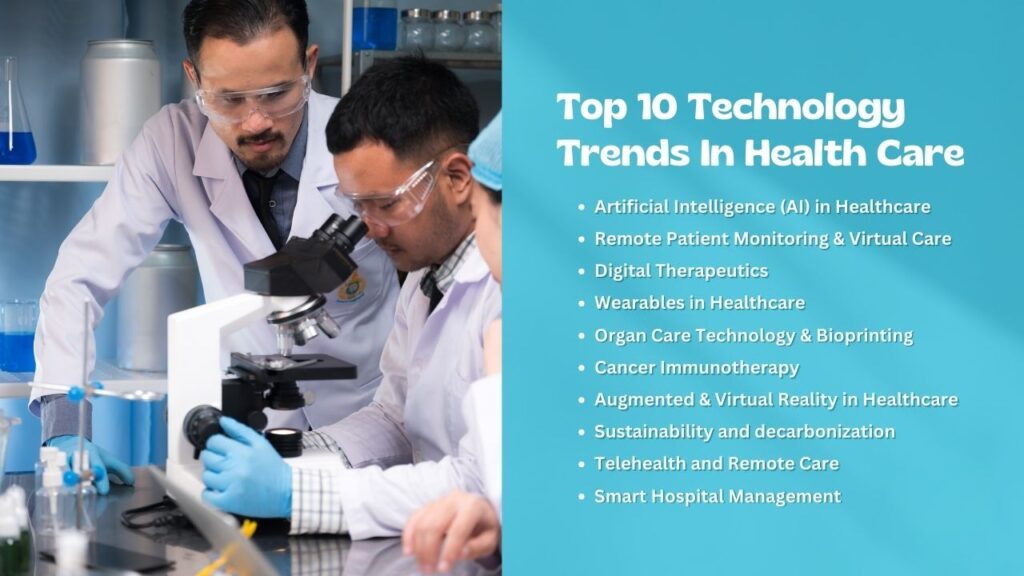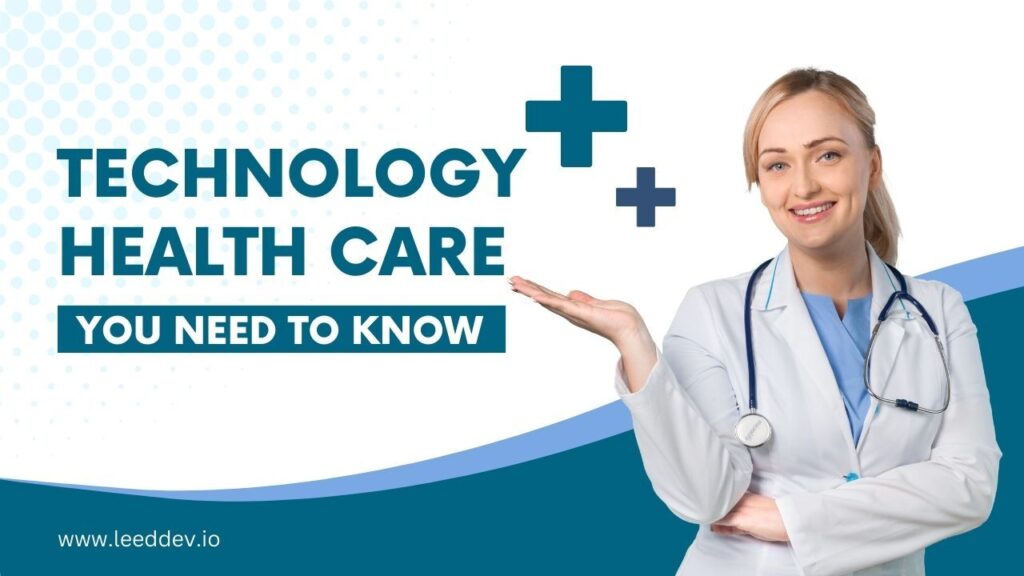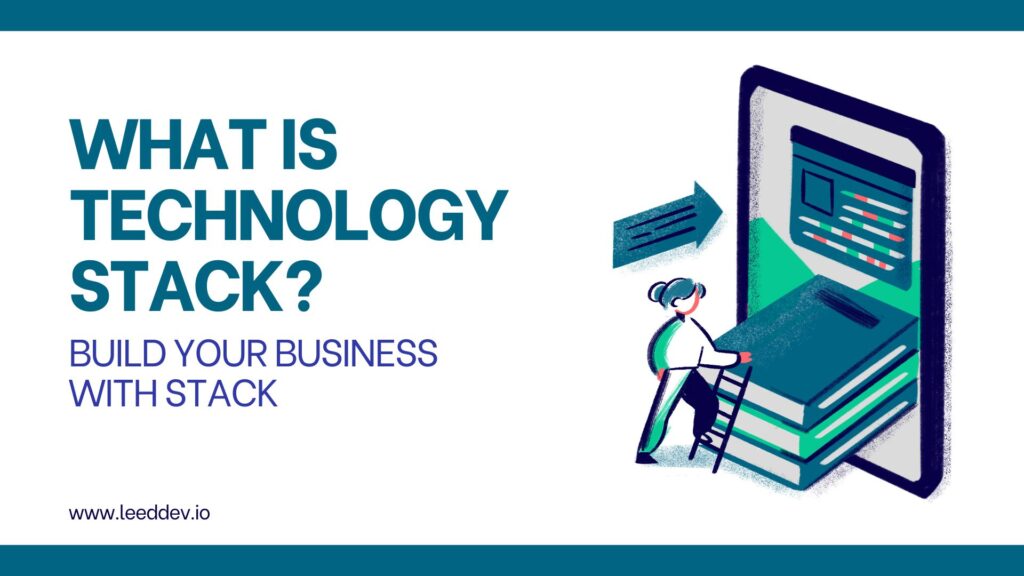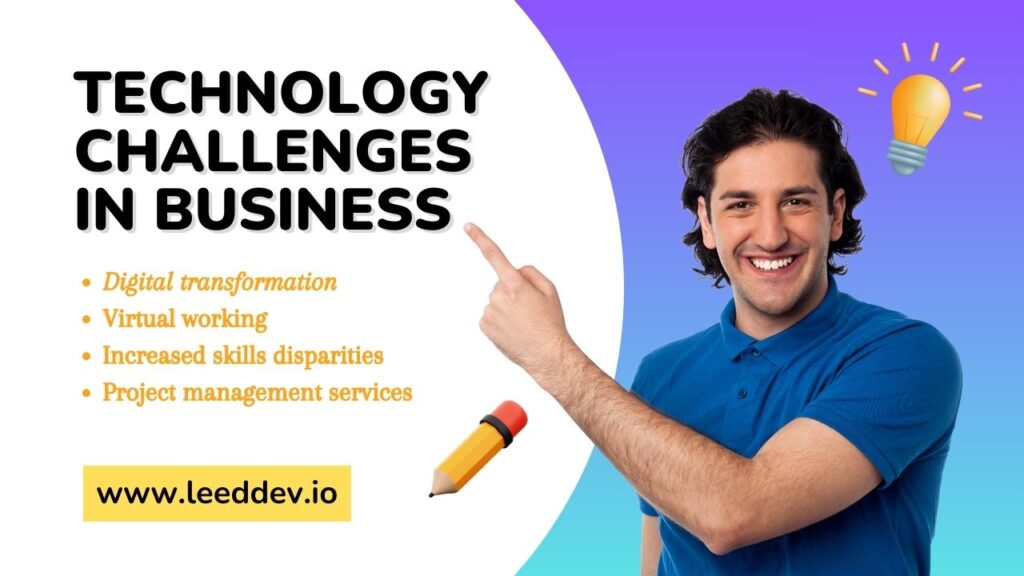Step into the future, where emerging health technology is revolutionizing patient care. From organ care technology and electronic health records to AI diagnostics, explore all of the amazing ways technology is improving care. Innovation knows no bounds in healthcare; get ready to be amazed at all it does to enhance efficiency!
The healthcare industry continues to expand daily – currently worth $2 trillion with issues facing it along the way; however technology helps address them and this is where tech in health care comes into its own.
Read also: How to Choose Mobile App Development Company
What Is Health Care Technology?
Health Information technology refers to IT tools and software developed to increase hospital productivity. Thanks to new advances in health care technology, new insights into medicine are emerging while overall quality of healthcare improves dramatically.
New medical devices allow patients to live healthier lives while doctors find better ways of treating diseases which were once untreatable; Artificial Intelligence, machine learning and smart medical devices all play a part in making hospitals and treatments better than ever before.
Top 10 Technology Trends in Health Care

Technology in health care is improving day by day. Some of the top trends in health information technology are as follows:
Health Care in Artificial Intelligence
AI is increasingly playing an essential role in healthcare, from looking at patient information and data to developing new medicines or finding out where there might be issues. AI-enhanced tools make healthcare faster, simpler and better overall. Artificial Intelligence has recently been employed to analyze CT scans to help treat the COVID-19 pandemic, but AI can also make cancer testing better.
Before, the only effective way to check for cancer was a biopsy, which didn’t provide a complete picture. Now, physicians can use digital pictures of areas suspected of cell changes to examine whole-slide pictures more quickly. Project InnerEye is another great example of artificial intelligence technology being applied to health care, showing how AI improves clinicians’ capacity to arrange radiotherapy 13 times faster.
What Is Remote Monitoring?
Did you know that up to 66% of deaths related to asthma could have been avoided had smart technology such as connected inhalers been utilized?
Remote Monitoring has become more mainstream over time and no longer solely relies on doctors. People are turning to smartwatches and fitness trackers to monitor their own health – these devices can check blood heart rate and oxygen levels during exercise sessions. Doctors also utilize smart devices as remote care solutions; using this information they can make informed decisions regarding treatment decisions for their patients.
There are smart inhalers available that connect with smart technology that help patients remember when and how often to take their treatment, helping to ensure a healthier future for everyone involved. These inhalers save lives by reminding patients when to take their inhalers for maximum effectiveness and overall well-being.
Virtual Care
Virtual care technology in health care allows you to connect to your specialist or doctor over a call or a phone. It allows the patients to seek doctor’s advice while sitting at home. They don’t have to visit the doctor. Virtual care technology in health care involves diagnosing the patient or providing treatment over a call. Modes of virtual care involves:
- E-Visits
- Video Visits
- Urgent Care Video Visits
- 24-Hour Nurse Triage Line
- Patient Monitoring at Home
- Virtual Care FAQs
- Connected Care at Home
Along with this, Virtual care provides other facilities as well. It keeps your information safe, uses your location to help you, helps you manage your appointments, and lets you send secure messages. You can also give feedback about your healthcare provider and see your past visits. Regular clinics can now act like far-away hospitals. For instance, they can do simple ultrasound checks on pregnant women and can do data collection from far away to work together online.
Wearable Technology
Wearables are special electronic devices that are put inside your body or attached to your clothes. But let’s not think of them as just gadgets; they are actually really important technology in the health care field. This helps doctors learn more about diseases, sickness, and how healthy someone is. There are many wearable devices that can be used to make healthcare better for both doctors and patients; the devices include:
- ECG monitors
- Smart thermometers
- Fitness trackers (FitBits)
- Biosensors
- Smartwatches
- Connected inhalers
- Blood pressure monitors
These wearable devices were also super helpful during the spread of COVID-19. They helped keep an eye on people and find out if they were showing signs of the virus. Medical workers could use these devices to check patient info without being exposed to unnecessary risks.
Bioprinting
Just like how 3D printing works, bioprinting technology in health care is a way to create body parts that are like real tissue. It uses a digital file as a blueprint to make these parts. The goal is to create tissues that look and act like natural body tissues. These tissues are made by layering biomaterials or living cells, which are referred to as bio-inks. It’s like building layer by layer to make the final thing. The applications of bioprinting are involved in creating:
- Artificial body parts
- Implants for the head or bones
- Special stents for airways.
- Planning surgeries
Bioprinting has also helped with tough heart surgeries and a whole face transplant that was done at Cleveland Clinic. The doctors at Ohio State University’s Wexner Medical Center are working on a special system. They believe it can use robotic surgery tools to print living cells, bones, and even organs right inside patients’ bodies. This could help doctors treat cancer and save their lives.
This is like a new kind of bioprinting, where they can make 3D printed organs. Even though it might seem unbelievable, they’re already testing this idea in real medical trials. They’re trying out printed organs like ears, corneas (for the eyes), bones, and skin to see if they work well in real hospitals.
Diagnostics & Error Reduction
Use of technology in health care is increasing day by day. Technologists are utilizing tools in areas like genetics and testing to find problems earlier and more accurately. This has helped catch dangerous diseases like cancer, alzheimer, liver and heart issues, sooner and better than just relying on people. Ultrasonography, X-Rays, MRIs, Computed Tomography (CT scans) are some of the examples through which early disease diagnosis and error reduction is possible.
Drug Development
Since the 1960s, AI and machine learning technologies have been used in the medical industry. These are used to make new drugs and medicines. By using these technologies in health care drug development processes can be increased. AI and machine learning tools help in different ways. It could help find the right chemicals for a new drug and figure out which patients should join a drug test.
This makes things faster and better. A large amount of data can be collected for the identification of potential drug targets. With the help of this effective drug development is possible that suits the needs of individual patients. Drug development technology in health care ensures better solutions for patients.
Cancer Immunotherapy
Immunotherapy technology in healthcare is a form of cancer treatment. Through this process, substances produced either naturally by the body or synthetically in a lab help stimulate immune systems that will target cancerous cells for destruction by targeting their respective receptors, ultimately prolonging lives with treatment for cancer.
Immunotherapy works to modify cancerous genes with healthier ones to give better treatment options to cancer patients; furthermore it works by replacing them with healthy counterparts to provide enhanced care to all affected by its treatments.
Immunotherapy can be performed alone or combined with chemotherapy treatments; unlike chemotherapy, however, immunotherapy does not damage healthy cells and uses your own immune system to fight cancer. There are various forms of immunotherapy treatments such as non-specific immunotherapies and T-cell therapies.
Monoclonal antibodies and immune checkpoint inhibitors for cancer chemotherapy. Oncolytic virus therapy.
Virtual Reality & Augmented Reality
Augmented and virtual reality (AR and VR) have many uses in healthcare. These technologies in health care mix digital and real worlds in a multidimensional way. Augmented reality uses artificial intelligence for spotting cancer in pictures. Virtual reality can help with therapy, like making mental traumas better, and even help doctors see inside patients’ bodies using special glasses. Microsoft made special glasses called HoloLens that mix reality in a cool way.
As technology gets better, AR and VR could do even more, like doing surgeries from far away using robots. For example, in Japan, there are robots that take care of older people. They’re like helpers. You can learn more about these in a document from Telegraph. One robot, called Honda’s Hoko Assist, helps people move without sticks or wheelchairs.
Connected Emergency Response
Technology used to connect emergency care is invaluable and can literally mean life or death. Smart technology in health care allows data to be quickly shared between ambulances and emergency departments so that they can respond more rapidly when necessary.
Furthermore, this tech speeds communication between hospitals so patients enter with their history and condition already understood – helping doctors keep an eye on heart rate, blood pressure, temperature etc before even setting foot inside an ER department or hospital.
Read also: Project Management Methodologies for Software Development
Conclusion
Technology in health care is revolutionizing patient care. Artificial Intelligence (AI), remote monitoring, and other health information technologies are transforming health care delivery; AI provides doctors with tools for analyzing data and crafting medicines more easily than ever before. AI has also proven invaluable during the COVID-19 pandemic through CT scan insights, improving cancer detection.
Remote monitoring and wearable technologies allow doctors to care for their patients from a distance; leading to improved treatment plans with less clinic visits required. Diagnostic tools help physicians spot diseases early, while immunotherapy utilises our body’s natural defenses against cancer. Virtual and augmented reality technologies aid doctors in visualizing bodies quickly for fast reactions in emergencies. With technology being integrated into healthcare we are witnessing immense transformation; now diseases are relatively easier to beat while patient care has improved significantly.




